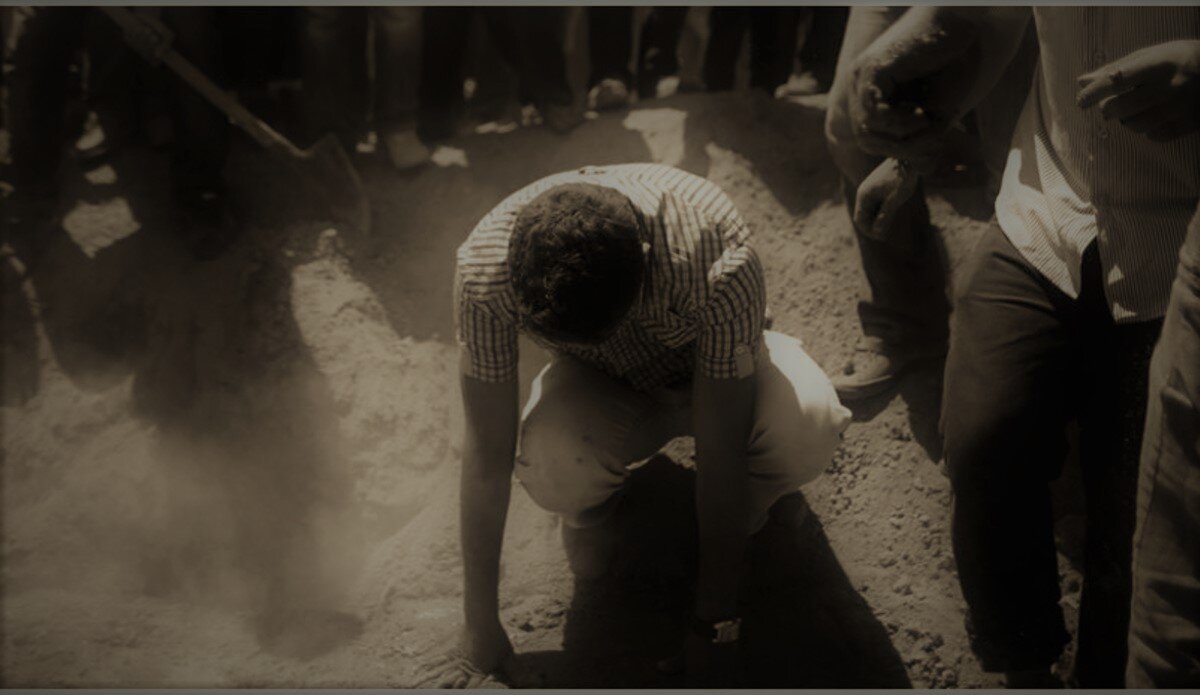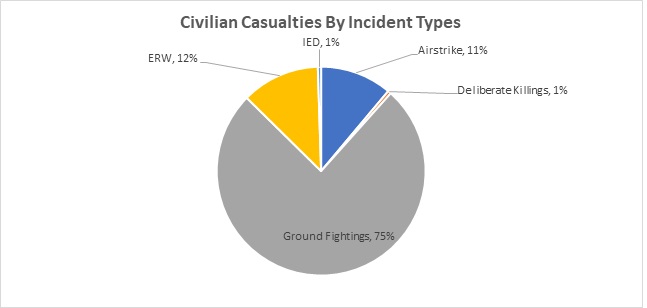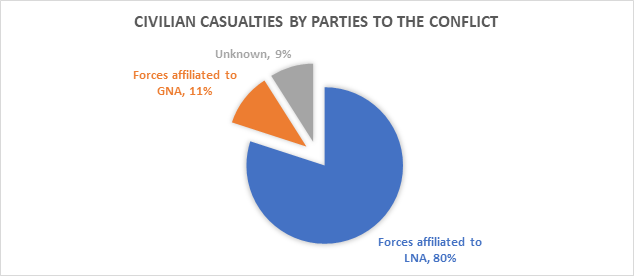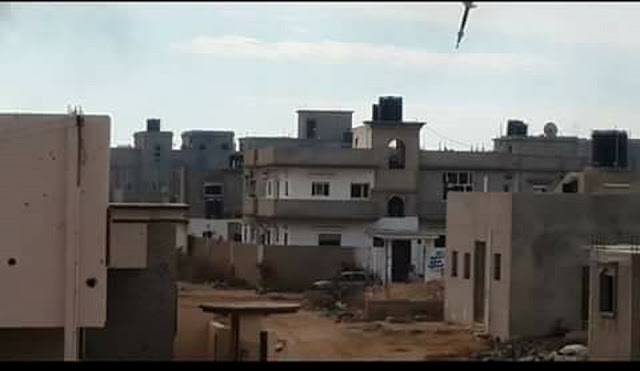Latest Thread
You are using an out of date browser. It may not display this or other websites correctly.
You should upgrade or use an alternative browser.
You should upgrade or use an alternative browser.
TR Libya Operations & Updates
- Thread starter Ghost soldier
- Start date
Ghost soldier
Хижак
Btw al khums is a city near tripoli and it has it's own port, so not to be confused with misrata port.

CIVILIAN CASUALTIES REPORT - 1 APRIL- 30 JUNE 2020
The UN Support Mission in Libya (UNSMIL) releases its second quarter civilian casualty report for 2020. The data shows an increase in civilian casualties from the armed conflict in Libya. UNSMIL renews its call for all parties to the conflict to immediately halt all military operations and respect international human rights and humanitarian law, to protect civilians and allow the authorities to respond to the threat of COVID-19.
Between 1 April and 30 June 2020, UNSMIL documented at least 358 civilian casualties (106 deaths and 252 injuries). This figure represents an overall increase in civilian casualties of 173 per cent compared to the preceding period in the first quarter of 2020[1] with a 65 per cent increase in deaths and 276% increase in injuries. The victims include 261 men (deaths and injuries), 45 women (deaths and injuries), 44 boys (deaths and injuries), and eight girls. Ground fighting was the leading cause of civilian casualties, followed by explosive remnants of war, and airstrikes.

The overall increase in civilian casualties was driven by a major escalation of hostilities, despite the calls for a cessation of hostilities by the United Nations and many UN Member States. UNSMIL remains very concerned by the indiscriminate attacks and targeting of civilians in civilian populated areas and the increase in civilian casualties particularly from the use of rockets and artillery, explosive remnants of war and airstrikes.
“During a power cut, around 10.30 pm, I asked my four cousins, who are children, to bring a small generator from a nearby house of mine and whilst, they were pulling the generator on a cart, a drone strike hit the generator. The sound was like a thunderbolt and the children’s family went outside to find their sons covered in blood. There was panic and screaming that became louder. Then another missile struck the area resulting in the killing of a boy, his mother, sister, uncle, and cousin. The rest of their family went outside to provide help, when the third drone missile struck. Soon a fourth drone missile struck the crowd, there was about 10-15 minutes between each drone strike”.
Witness of reported drone strikes in support of the GNA that struck Qasr Bin Ghashir on 3rd June 2020 resulting in the killing of 17 civilians, including 4 women and 4 children and injuries to 14 civilians, some of them severe.

During the second quarter of 2020, ground fighting was the leading cause of civilian casualties, causing 74 per cent of the total. This includes 264 civilian casualties (69 deaths and 195 injuries) from the use of heavy weapons (rockets/artillery/mortars), and civilian casualties (one death and four injuries) from the use of small arms fire.
Explosive remnants of war were the second leading recorded cause of civilian casualties with 43 victims (two deaths and 41 injuries), representing 12 per cent of the total civilian casualties. As it withdrew from Tripoli’s southern suburbs last month, the Libyan National Army (LNA) left behind mines and Improvised Explosive Devices (IEDs), Explosive Remnants of War (ERWs) and booby traps, imperiling the safety and security of returning residents and resulting in civilian casualties, including children, as well as security personnel tasked with clearing these deadly devices.[2]
Airstrikes were the third leading cause of civilian casualties with 40 victims (26 killed and 14 injured) representing 11 per cent of the injuries, followed by IEDs, two deaths and two deliberate killings.
Like the first quarter of 2020, civilians living in the western part of Libya were most affected.. UNSMIL documented 322 civilian casualties (85 deaths and 237 injuries) in western Libya, amounting to 89 per cent of the total, with 34 civilian casualties occurring in the central part of the country (22 deaths and 12 injuries) and two injured in the east.

During the second quarter of 2020, forces affiliated to the LNA caused 287 civilian casualties (75 deaths and 212 injuries), 80 per cent of the total. Of these, UNSMIL documented civilian casualties (34 death and 49 injuries) from ground fighting, followed by civilian casualties (two deaths, 41 injured), from ERWs and air strikes (26 killed, 14 injured).
Forces affiliated to the GNA killed 21 civilians and injured 16 civilians during airstrikes, and a further four civilians during ground fighting, representing eleven per cent of the overall total.
The remaining civilian casualties could not be attributed to a specific party to the conflict.
Impact of conflict on Healthcare and Education
UNSMIL continued documenting attacks on schools and healthcare facilities that impede access to education and health services by civilians in Libya. Between 1 April and 30 June 2020, UNSMIL documented nine incidents impacting schools which could not be attributed to one specific party.
In addition to attacks on schools, UNSMIL documented nine attacks on six different healthcare facilities, as well as one attack on an ambulance[3] during the second three months of 2020. Seven of these attacks were attributed to the LNA and it was not possible to attribute two of the attacks. For example the al Khadra hospital in Tripoli, which was assigned to receive COVID-19 patients, was struck on four different occasions by rockets during the reporting period.
Note: The work of UNSMIL on civilian casualty recording is based on principles of international humanitarian law and international human rights law, and the guidance of the Office of the United Nations High Commissioner for Human Rights (OHCHR). During the verification process, UNSMIL staff contact a wide range of sources of information and analyze them for reliability and credibility before conclusions are drawn. Every effort is made to ensure that data contained in this UNSMIL report is as comprehensive as possible; however, the data presented is not exhaustive. Where UNSMIL is not satisfied with the evidence concerning an incident, it will not be reported. In some instances, investigations may take several weeks before conclusions can be made. This also means that conclusions concerning such incidents or alleged violations may be adjusted as more information becomes available and is analyzed. However, if information is equivocal, then conclusions will not be drawn until more satisfactory evidence is obtained, or the case will be closed without conclusion and it will not be included in statistical reporting. As information is updated, and conclusions and statistics are modified, this can result in slight differences in reporting of the same incident or variations in statistics reported by UNSMIL over time.
The ability of UNSMIL to record and verify civilian casualties is persistently hampered by access restrictions and security concerns as well as the continued armed conflict in Libya.
https://unsmil.unmissions.org/civilian-casualties-report-1-april-30-june-2020
Does it account for mass graves found in ex-LNA controlled areas, or purely considering conflict related losses?
According to source, 2nd quarter civilian casualty report for 2020. i guess both
Ghost soldier
Хижак
I don't the the the casualties caused by airstrikes were done by haftar militias since the aircraft his operating only drop dumb bombs and the remaining aircraft became obsolete

Plus lna doesn't have those kind of bombs so I think the UAE is all behind it (photo from benghazi 2016)

Plus lna doesn't have those kind of bombs so I think the UAE is all behind it (photo from benghazi 2016)
A Turkish soldier fell martyr in non-combat related incident in Tripoli. He felt ill and was transported to hospital but unfortunately the treatment did not gave positive effect.
Ghost soldier
Хижак
Mi-17 helicopter captured by GNA west of sirte
Ghost soldier
Хижак
What is this ?
Electronic Interference.View attachment 250
What is this ?
Could be a Electronical Warfare Unit or (million to one example) geografical anomaly can also cause for this picture. In theory even a SART device could produce this kind of electronic footprint ( Although the line would be at least 10 times smaller in size )
For example ;
Active Sart Device in Radars ;
Last edited:
We have two threads on the Libya operation. It’s going to be confusing. How are we going to distinguish between them ?
Which thread are you referring to? I can't seem to find it.
Under middleeast sectionWhich thread are you referring to? I can't seem to find it.
Ghost soldier
Хижак
Ghost soldier
Хижак
This time the frequency becomes stronger







